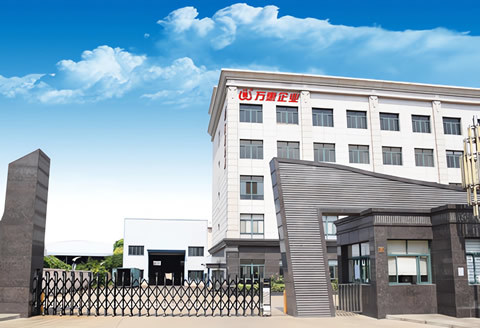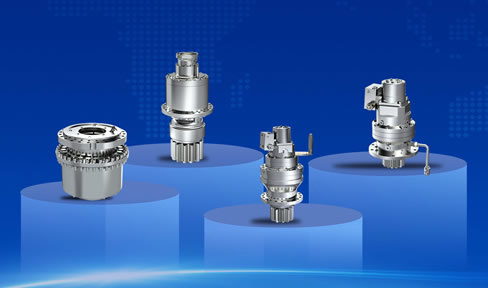Performance characteristics of reducer lubricating oil
2025-04-29

1. Excellent wear resistance
Wear resistance refers to the ability of a reducer lubricant to form and maintain an oil film between the friction surfaces of moving parts, preventing metal-to-metal contact and reducing wear.
The wear resistance of a reducer lubricant mainly depends on its oiliness and extreme pressure properties (shear resistance).
Oiliness refers to the ability of gear oil to adhere to the friction surfaces of parts to form an oil film to reduce friction and wear. Generally, we say that gear oil has good oiliness, meaning it has strong adsorption capacity and can improve wear resistance.
Extreme pressure properties refer to the ability to prevent damage such as sintering and adhesion to friction surfaces under extreme pressure lubrication conditions where the contact pressure on the friction surface is very high and the oil film is easily broken. This is also called load-carrying capacity.
2. Viscosity and Viscosity-Temperature Characteristics
Reducer lubricants must have suitable viscosity and good viscosity-temperature characteristics.
Generally speaking, using high-viscosity lubricants is beneficial for preventing damage to parts and reducing noise, while low-viscosity lubricants are better in terms of transmission efficiency, cooling effect, and oil transfer.
For viscosity-temperature performance, although reducer lubricants do not experience the same large temperature changes as engine oils, the high tooth surface pressure requires good viscosity-temperature performance, especially in cold regions. Otherwise, it will cause increased wear and increased oil consumption.
3. Oxidation Stability
Reducer lubricants are subjected to stirring during gear movement and continuous contact with oxygen. Under the catalytic action of metal, various oxides are formed, increasing the viscosity of the lubricant, darkening its color, increasing the acid value, increasing the amount of sediment, darkening the color, and causing corrosion of parts, resulting in deterioration of the anti-foaming and anti-oxidation properties of the lubricant, making it necessary to replace the lubricant.
Lubricants with good oxidation stability have a longer service life. Therefore, antioxidants are usually added to lubricants to improve oxidation stability.
4. Rust and Corrosion Protection
Rust prevention refers to the ability of a reducer lubricant to prevent metal rust.
Corrosion protection refers to the ability of gear oil to prevent metal corrosion.
Rusting of metal parts is mainly caused by the presence of oxygen and water in the lubricant, while corrosion is caused by acidic substances and sulfides in the oil. Anti-rust and anti-corrosion additives are usually added to reducer lubricants to improve these properties.
5. Anti-foaming Properties
Reducer lubricants can produce many small bubbles under the intense stirring during gear movement. If the small bubbles disappear quickly, they do not affect the use. If stable foam forms and does not disappear, causing emulsification and deterioration, overflow will occur on the tooth surface, destroying the lubricating oil film and increasing wear.
Contact Us
Qidong Wan Hui Machinery Manufacturing Co., Ltd.
Address: Qidong Industrial Park, Jiangsu Province, CHINA.
Service Tel:400-112-9000
Tel:86-513-68262188(Fax same number)
Website: http://www.qdwhjx.cn













